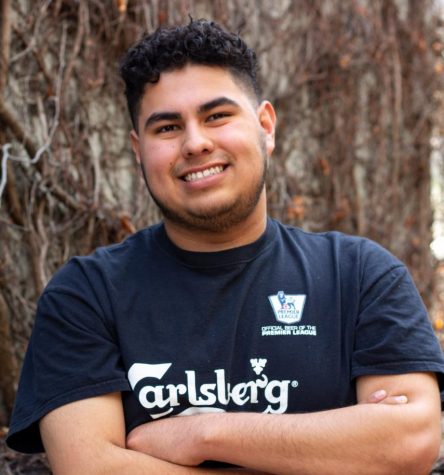Campus safety reexamined
How things have changed since Parkland
March 14, 2019
To the date of this publication it will have been exactly a year and a day since the full weight of the Parkland shooting and the subsequent March for Our Lives movement touched down in East Contra Costa County.
On March 14, 2018 the National School Walkout had students across the nation exiting their classes. Schools around East County including Freedom, Heritage, Dozier Libbey, Pittsburg, Antioch and Deer Valley high schools as well as LMC walked out for 17 minutes in honor of the 17 people lost in the Parkland shooting and advocated for stricter gun control.
So, exactly a year ahead from that and a year and a month since the Parkland shooting how have things changed?
Following Parkland, more than half of the states passed “at least one” gun control measure, according to the New York Times. The hike is the largest expansion of control legislation since the Newtown shooting in 2012 and three times the legislation passed in 2017, continued the news outlet.
California itself passed a slew of restrictive gun laws in the 2017-2018 legislative year, pointed out the Sacramento Bee, with a handful more going into effect this year. The laws included a ban on bum stocks and burst triggers, a bill preventing those with a misdemeanor domestic violence record from owning a gun, and a law prohibiting those under the age of 21 from owning a gun.
Many states’ legislatures were quick to pass laws restricting access to guns in the wake of Parkland, but their was also a shift in how we think to best prepare students for this worst-case-scenario.
In Contra Costa County last year, the Grand Jury published a report entitled “Minimizing School Casualties During an Active Shooter Incident” in which they found that the Acalanes Union High School District had no written guidelines available for students or faculty. And though AUHSD made the recommended changes suggested by Grand Jury after the report, we’ve seen that written guidelines are only the beginning when it comes to preparedness.
Right in our own backyard we’ve seen how much threats can impact students, especially when they feel relatively unprepared.
Pittsburg High School experienced a school shooting threat last September. Sunday afternoon, a threat was circulated online about a potential active shooter. After some investigating the police found that the threat had been “joke” but knowing that didn’t ease the paranoia felt by faculty and students that following Monday.
“Our teachers would reassure us and made it clear that we would be safe, but it’s still a scary thing to go through,” said Pittsburg High student Robert Hernandez. “Something like that should never happen at our school, even if it’s just a ‘joke’.”
Heritage High School also experienced a bomb threat last year that turned out to be a hoax.
“[Campus safety] has definitely gotten a little bit better over the years with the past school shootings, but the students themselves haven’t really had training for what to do if there are shooters,” said Heritage student Jordyn Toscano.
She continued, “They talk a lot about how we’re supposed to stay in our classrooms and barricade, but that’s actually the opposite of what you’re supposed to do.”
This is what Lieutenant Wehrmeister is calling a “paradigm shift” in emergency preparedness.
“The days of us telling people to prioritize hiding… those days are over.” said Wehrmeister.
Now, emergency preparedness looks more like what’s called the “run, fight, hide” method. Rather than focusing on bunkering down, people are encouraged to do whatever necessary to survive these emergency situations.
“The answer is there might not be any answers. Sometimes the answer is you have to do anything you can to increase the likelihood [of] not getting hurt,” continued Wehrmeister.
In an effort to spread awareness about new safety methods like these, LMC student Esperanza Rojas, LMCAS and Police Services are putting on an Active Shooter Awareness week in April.
Rojas, who is also a Brentwood Police Explorer felt like students on campus were ill-prepared for the absolute worst-case scenario. The majority of emergency training is given to faculty, Rojas said. And while there is information online for students, she felt more should be done.
“I really just don’t want the students to be afraid anymore,” said Rojas. “I want them to be able to speak about this with anyone… [They shouldn’t] be scared, but prepared.”
The awareness week will include a handful of survival classes as well as a day of remembrance.
So, a lot has changed since Parkland. Our laws look different on the state level, our schools look different, and the student experience is notably different. And hopefully that’s for the best.


